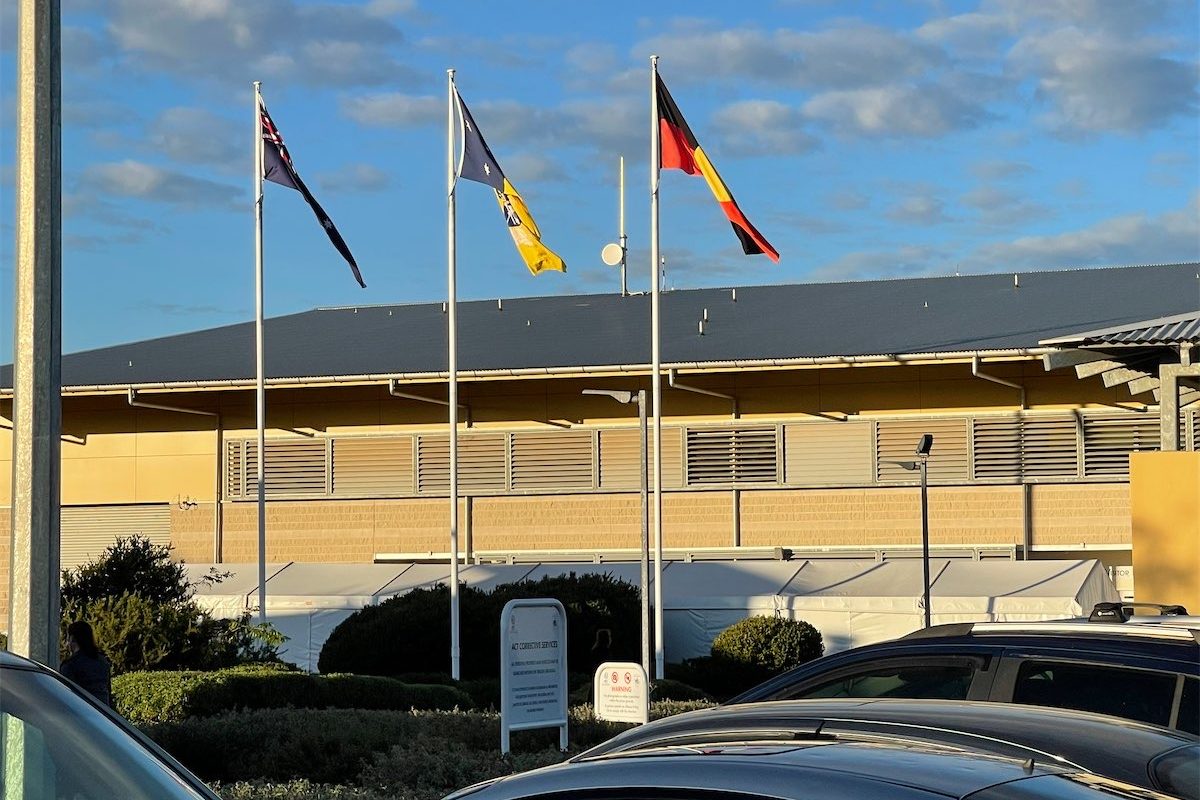
Former senior planner RICHARD JOHNSTON says a ‘local planning panel’ offers an open and transparent option that could easily be adopted by the ACT government.
In a previous article on governance, I noted that “trust and transparency” was one of three “key feedback themes” that were reported to be “consistently prominent” across four stakeholder meetings.

Transparency in the development approval process is a very rare commodity, at least for the wider ACT community.
What typically happens for a more significant development application (DA) is that it is advertised with only a few weeks to comment. Representations are made by those affected by it and nothing further is heard, usually for several months.
Then the planning authority pops out its decision, which is most often a conditional approval, mainly reflecting the requirements of other government agencies and service providers.
It appears that the planning authority’s internal processes normally involve one or more officers assessing the DA and comments received, identifying issues and requesting the DA applicant to provide “more information” on these issues.
The developer’s planning consultants (spin-doctors) leap into gear and bombard the authority with copious “reasons” as to why the DA should be approved regardless. Usually the authority succumbs, perhaps insisting on some minor changes.
Nothing about these current processes guarantees that there will be better, more innovative outcomes and the new planning system allows the same authority even more discretion to ignore community-supported “rules” and favour the interests of developers.
The affected community is shielded from this internal process until the authority’s decision is made public, after which all community members can do is to apply to the ACT Administrative and Civil Appeals Tribunal (ACAT) for a review of the decision.
Then they are required to prove they will suffer “material detriment” if the approved development proceeds.
Appealing is costly, time-consuming and stressful
Appealing is a costly, time-consuming and stressful process. Developers (and the planning authority) are usually represented by teams of well-paid lawyers and other consultants, whereas the community members who volunteer their time tend to find themselves at the wrong end of aggressive cross-examination and can be threatened with developers’ costs being awarded against them.
ACAT decision-making can also be very opaque and take a great deal of time.
In one recent case the planning authority’s government lawyers argued successfully for their decision to be remitted back to them so they could fix one condition of approval, which they belatedly realised would bring the development into conflict with a mandatory provision of the Territory Plan.
Having tidied up its decision it was then re-issued. Despite there being no material change, the affected community then had to start the appeal process all over again. A decision is still awaited from ACAT. The only benefit of going to appeal is that the planning authority has to give all parties the contents of its files, which can be interesting!
This opaque process contrasts with my experience living out at Bungendore for some years. The local council was the decision-maker for significant development proposals.
One such was for a new supermarket, which attracted a great deal of community interest. A final decision on the DA was taken in a full council meeting, which was held in the school gymnasium because of the number of people wanting to attend.
The developer found another, more suitable site
Presentations were made to the council by community representatives, the developer and council officers and at the end of that the council conducted an open vote of its members. The result was that the developer found another, more suitable site, rather than seeking to litigate council’s decision.
A newer model for such open and transparent decision-making, which could easily be adopted by the ACT government, is the kind of “local planning panel” now in use in parts of NSW and SA.
These are composed of experts in various relevant fields appointed by the government on a rotational basis. They meet in public and consider written submissions as well as presentations by interested parties at the meeting. Decisions are quick and generally only appealable on points of law, rather than planning grounds.
The other important part of a good process around the redevelopment of established areas is getting the up-front planning right, with genuine engagement of affected local communities, such that DAs do not contain nasty surprises and the potential for conflict and disputation is substantially reduced. But that’s another story…
Richard Johnston, a life fellow of the Planning Institute of Australia, and former senior executive of the ACT Planning & Land Authority. He has more recently been active in representing community interests in planning matters.
Who can be trusted?
In a world of spin and confusion, there’s never been a more important time to support independent journalism in Canberra.
If you trust our work online and want to enforce the power of independent voices, I invite you to make a small contribution.
Every dollar of support is invested back into our journalism to help keep citynews.com.au strong and free.
Thank you,
Ian Meikle, editor





Leave a Reply